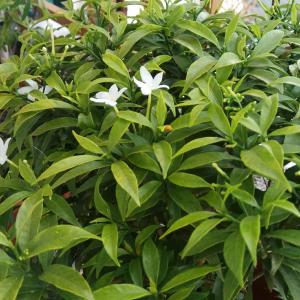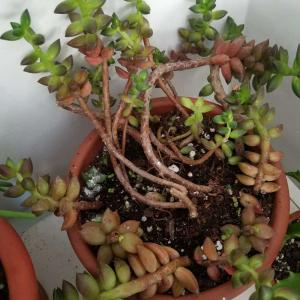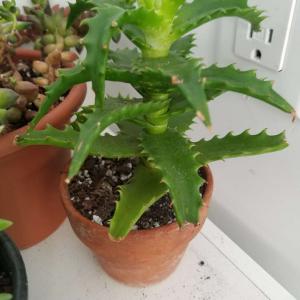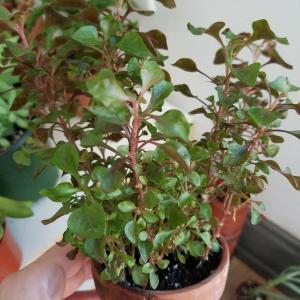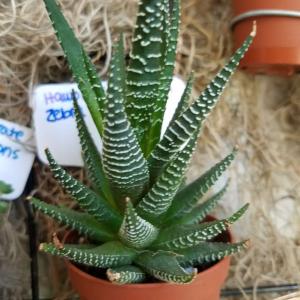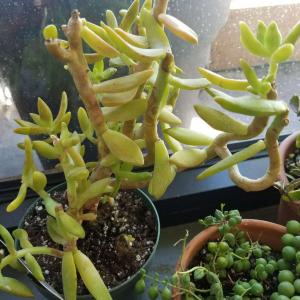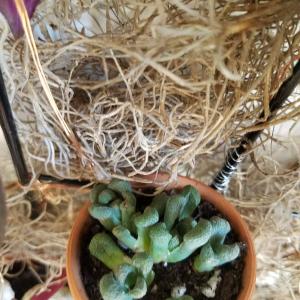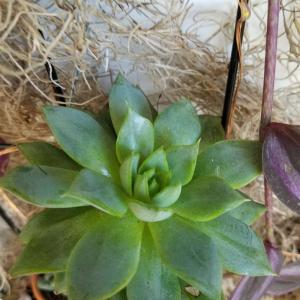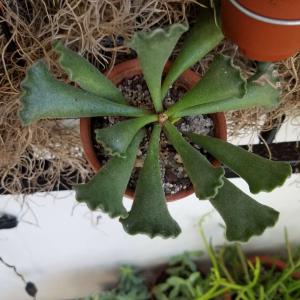文章
Miss Chen
2017年11月13日

Tomatoes are among the most popular vegetables to grow in the home garden. The two most common reasons for tomato failure in Kansas are planting them too early before temperatures are sufficiently warm, and not providing adequate moisture, especially during hot, windy weather. Kansas gardeners with sandy soils should monitor soil moisture frequently, since these soils tend to dry out quickly.

Step 1
Buy dark green, compact plants, selecting disease-resistant varieties if possible. Fusarium wilt is the most common tomato plant disease in Kansas, according to Kansas State University, while nematodes affect tomatoes in areas south of Interstate 70.
Step 2
Hand-broadcast a complete garden fertilizer on the soil at a rate of 1 to 2 lbs. per 100 square feet of soil. Dig the soil with a shovel to a depth of 8 inches or use a rototiller. Avoid fertilizers high in nitrogen, which encourage lush vegetative growth with few fruits. The first number on the fertilizer box indicates the nitrogen level. It should be half the level of the other nutrients, i.e. 5-10-10.
Step 3
Plant tomatoes when the daytime temperatures are above 70 degrees F and all chance of frost is passed. According to Kansas State University, in southeastern Kansas, plant tomatoes early-to-mid April; in eastern and central Kansas, plant tomatoes from late April to early May. In northwest Kansas, plant tomatoes after May 15. Cover the tomatoes with a row cover or cloche if cold weather threatens.
Step 4
Water tomato plants at least weekly, as needed to keep the soil evenly moist. Don't allow the soil to dry out between watering and avoid watering it until it is soggy, which contributes to blossom-end rot. Apply a 2- to 3-inch layer of compost, grass clippings or straw around the base of the plants to minimize weed growth and conserve moisture.

Step 5
Monitor tomato plants for disease and pest problems. Consult a local county extension office for help in identifying and treating specific problems. Good cultural practices, such as selecting disease-resistant plants and watering tomatoes evenly and consistently prevent many problems. Remove any dead or diseased plant material, hand-pick and destroy tomato hornworms and avoid the use of pesticides that kill ladybugs and lacewings, since these predatory insects help eliminate pests.
Step 6
Twist the tomatoes gently to remove them from the plants when they are ripe, or almost ripe (pink to bright red, depending on the variety). If a frost threatens, pick the green tomatoes and lay them in a single layer in a box. Place them in a cool, dark place, such as a basement, to ripen.

Step 1
Buy dark green, compact plants, selecting disease-resistant varieties if possible. Fusarium wilt is the most common tomato plant disease in Kansas, according to Kansas State University, while nematodes affect tomatoes in areas south of Interstate 70.
Step 2
Hand-broadcast a complete garden fertilizer on the soil at a rate of 1 to 2 lbs. per 100 square feet of soil. Dig the soil with a shovel to a depth of 8 inches or use a rototiller. Avoid fertilizers high in nitrogen, which encourage lush vegetative growth with few fruits. The first number on the fertilizer box indicates the nitrogen level. It should be half the level of the other nutrients, i.e. 5-10-10.
Step 3
Plant tomatoes when the daytime temperatures are above 70 degrees F and all chance of frost is passed. According to Kansas State University, in southeastern Kansas, plant tomatoes early-to-mid April; in eastern and central Kansas, plant tomatoes from late April to early May. In northwest Kansas, plant tomatoes after May 15. Cover the tomatoes with a row cover or cloche if cold weather threatens.
Step 4
Water tomato plants at least weekly, as needed to keep the soil evenly moist. Don't allow the soil to dry out between watering and avoid watering it until it is soggy, which contributes to blossom-end rot. Apply a 2- to 3-inch layer of compost, grass clippings or straw around the base of the plants to minimize weed growth and conserve moisture.

Step 5
Monitor tomato plants for disease and pest problems. Consult a local county extension office for help in identifying and treating specific problems. Good cultural practices, such as selecting disease-resistant plants and watering tomatoes evenly and consistently prevent many problems. Remove any dead or diseased plant material, hand-pick and destroy tomato hornworms and avoid the use of pesticides that kill ladybugs and lacewings, since these predatory insects help eliminate pests.
Step 6
Twist the tomatoes gently to remove them from the plants when they are ripe, or almost ripe (pink to bright red, depending on the variety). If a frost threatens, pick the green tomatoes and lay them in a single layer in a box. Place them in a cool, dark place, such as a basement, to ripen.
0
0
成长记
Llamadrama
2017年11月12日
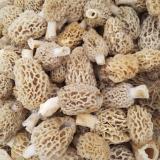
I now added "Euphoria mammilaris variegata - Variegated Indian Corn Cob" in my "garden"
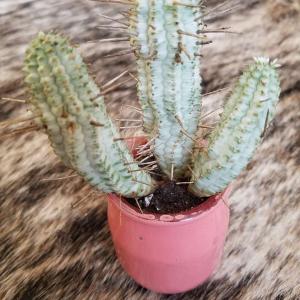

1
0
成长记
Llamadrama
2017年11月12日

I now added "Unknown" in my "garden"


0
0
Llamadrama:Thank you so much @ueca!
Ueca:Sedum clavatum
成长记
Llamadrama
2017年11月12日

I now added "Tradescantia fluminesis - Wandering Jew or Inch Plant" in my "garden"
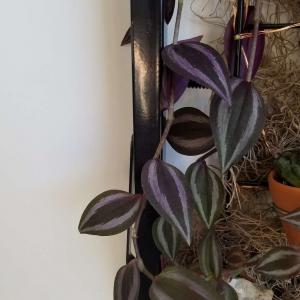

1
1
成长记
Llamadrama
2017年11月12日

I now added "Kalanchoe marnierana 2 - Marnier's Kalanchoe" in my "garden"
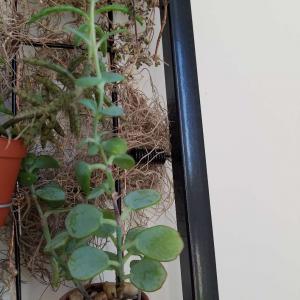

0
0



